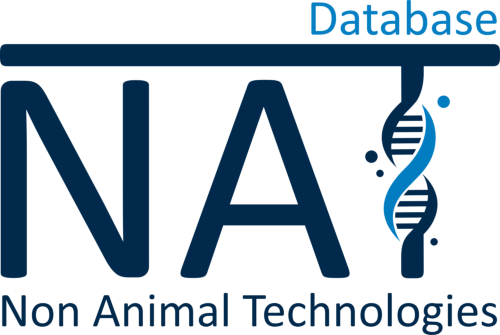Development of spatially organized brain organoids
2023
Kyoto University Institute for Advanced Study, Kyoto, Japan(1)
University of California, Irvine, USA(2)
University of California, Irvine, USA(2)
In human brain development, groups of brain cells act as “signalling centres” by creating gradients of certain molecules to guide brain organization. In this study, a brain organoid-on-a-chip platform is demonstrated, which generates signalling gradients that facilitate the induction of structured forebrain organoids.
To allow the directed development of distinct brain regions in organoids derived from induced pluripotent stem cells (iPSC), a multi-layered microfluidic device was developed. The device is able to generate four different concentration gradients in a culture chamber, while simultaneously avoiding high shear stress. Within the cultivation chamber, forebrain organoids were embedded in hydrogels and exposed to an extracellular smoothened agonist (SAG, a molecule involved in brain development) concentration gradient. The resulting organoids exhibited topographically organized domains, including cortical, lateral, and/or medial transient fetal brain structures in a precise spatial organization of ventral and dorsal domains.
These structured organoids represent a more complete mimic of the human brain and will be useful in evaluating neurodevelopment and investigating diseases.
Brain organoid-on-a-chip to create multiple domains in forebrain organoids
Ken-ichiro Kamei(1), Momoko Watanabe(2)
Added on: 09-29-2023
[1] https://www.biorxiv.org/content/10.1101/2023.09.18.558278v1





